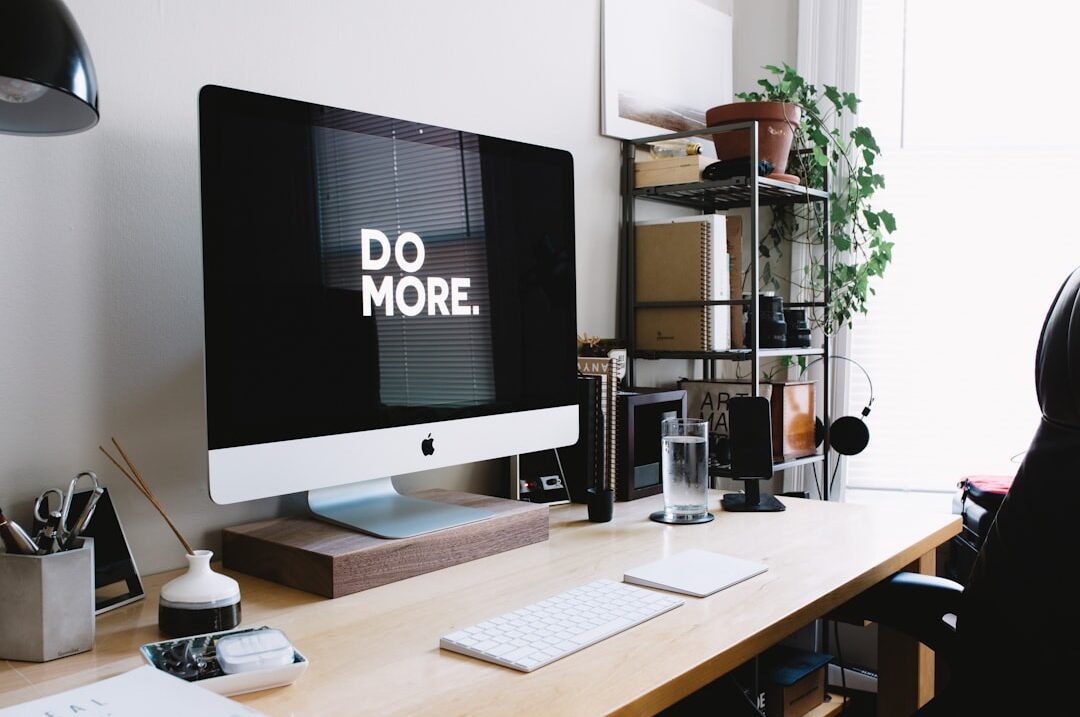Resumes for Creative Professionals: How to Showcase Your Portfolio in 2025


Ready to land your next creative dream job? Practice unlimited interviews for free and get instant, actionable feedback. Try Huru.ai now and turn your portfolio into job offers!
Why Portfolios Are Game-Changers for Creative Resumes in 2025
In a highly competitive job market, a traditional resume alone won’t cut it for creative professionals. The portfolio is now the ultimate differentiator—a dynamic showcase of your talent, versatility, and proven results. In 2025, hiring managers prioritize candidates who turn abstract skills into tangible impact by demonstrating their creative process and final outcomes.
From graphic designers and UX/UI specialists to copywriters and video editors, the message is clear: if you want to stand out, you need to show, not just tell. Your portfolio isn’t just a collection of work; it’s a storytelling tool, a credibility builder, and often, your ticket to the interview shortlist.

Storytelling Through Your Portfolio: Turning Work Into Case Studies
Recruiters aren’t just looking for pretty pictures—they want problem solvers. Elevate your portfolio by presenting select pieces as mini case studies. For each project, include:
- Project brief: What was the challenge or goal?
- Your approach: Mood boards, sketches, user flows, or scripts
- The process: Key decisions, iterations, and your creative rationale
- The outcome: Final deliverables, results, and client/testimonial feedback
This narrative structure does more than display your talent; it reveals your capacity for strategy and impact. Not sure how to build these stories? Check out our guide on showcasing your creative process in interviews for actionable storytelling techniques.
💡 Key Takeaway
Your portfolio isn’t just a gallery—it’s a business case for your creative thinking and value. Treat each project as a story and highlight your measurable impact.
Portfolio Integration: Digital Links, QR Codes, and Seamless Connections
For 2025, the seamless integration of your portfolio into your resume is non-negotiable. Here’s how the most successful creatives do it:
- Prominent placement: Feature a clickable link to your online portfolio at the top of your resume, just beneath your contact details.
- QR code: Add a scannable QR code that leads directly to a curated project or landing page.
- Branded URLs: Use personalized, short URLs that reinforce your name or creative brand.
Don’t forget to keep your portfolio mobile-optimized and accessible—a growing trend you can’t afford to ignore. Need inspiration? Explore our portfolio prep tips for creatives.
Personal Branding and Visual Consistency: Building a Signature Style
Every touchpoint—resume, portfolio, even email signature—should reinforce your distinct visual identity. Consistency signals professionalism and helps you become memorable. Here’s how to build your signature:
- Consistent typography & color palette: Use the same fonts and colors across your resume, portfolio, and presentations.
- Logo or personal mark: Consider a subtle logo or monogram on your resume and site.
- Profile summary: Craft a personal mission statement that aligns with your creative direction.
Want to see how this is done in practice? Our article on tailoring your resume for niche industries offers advanced personal branding advice.
💡 Key Takeaway
A cohesive, branded resume-portfolio set demonstrates your creative vision and inspires confidence in employers. Make your brand unforgettable.
Optimizing for Mobile, Accessibility, and International Reach
Employers review resumes and portfolios on every device imaginable. To maximize your reach in 2025, ensure your materials are:
- Mobile-friendly: Use responsive layouts, large tap targets, and short, scannable text blocks.
- Accessible: Provide alt text for images, use high-contrast color schemes, and keep navigation intuitive.
- Globally adaptable: Consider international audiences by offering bilingual summaries or region-specific versions if you’re seeking remote or global work.
Accessibility and inclusivity are no longer optional—they’re essential. For more on adapting your CV for specialized contexts, read our guide on creative resume value propositions.
Harnessing AI & Feedback: Keep Your Portfolio Fresh and Impactful
Creative portfolios should live and breathe. The industry’s best update their portfolios quarterly with new projects and keep pace with evolving trends. Here’s what’s new for 2025:
- AI-powered feedback: Platforms like Huru.ai offer unlimited interview practice and instant, actionable feedback on how you present your work. This helps you refine your storytelling and delivery in real time.
- Portfolio analytics: Use tools that track visits, engagement, and downloads to measure your impact and identify what resonates with employers.
- Continuous learning: Stay inspired by following global creative trends and updating your portfolio to reflect new skills and achievements.
Want to practice presenting your portfolio with confidence? Start a mock interview session on Huru.ai and receive tailored suggestions for improvement—no limits, always free!
Q&A: Pro Tips for Creative Resume and Portfolio Success in 2025
Showcase your process with anonymized case studies—describe your approach, results, and skills without revealing confidential details.
No! Personal, passion, or side projects can reveal skills, interests, and initiative that employers value highly.
Curate your selection—show 5-8 strong, relevant works instead of everything you’ve ever done. Quality always trumps quantity.
Use clear section headings, minimal graphics, and attach a link (not embedded visuals) to your portfolio. ATS-friendly design + stunning online portfolio is a winning combo!
Practice presenting your work out loud. Use Huru.ai for unlimited, AI-powered mock interviews and get feedback on your storytelling and delivery.
💡 Key Takeaway
Your resume and portfolio aren’t static documents—they’re living proof of your evolution, creativity, and readiness for the next big challenge.
Further Inspiration: Watch Portfolio Experts in Action
Sometimes, seeing and hearing advice in action makes all the difference. Check out this recent and highly relevant YouTube video for practical breakdowns and real-world examples of creative resumes and portfolios that get noticed in 2025:
💡 Final Thoughts
In 2025, your creative resume and portfolio are living documents—refined by feedback, adapted for every opportunity, and powered by your story. With strategic integration, storytelling, and the right tools, you’ll turn your portfolio into a job-offer magnet. Ready to practice? Start your journey with Huru.ai today!
About the Author
Elias Oconnor is a seasoned content writer at Huru.ai, specializing in career development and creative strategy. With a passion for helping professionals unlock their full potential, Elias crafts actionable guides that inspire confidence and success in today’s job market.


 Jun 29,2024
Jun 29,2024  By Elias Oconnor
By Elias Oconnor